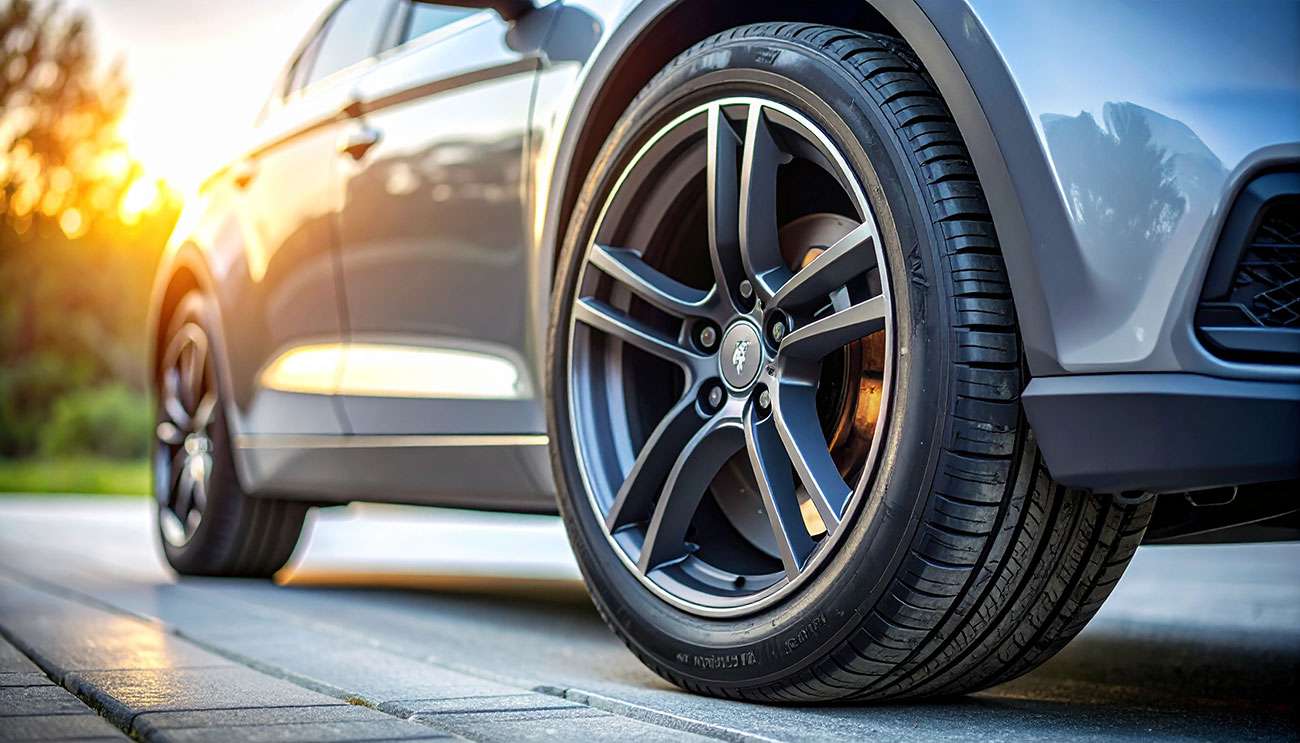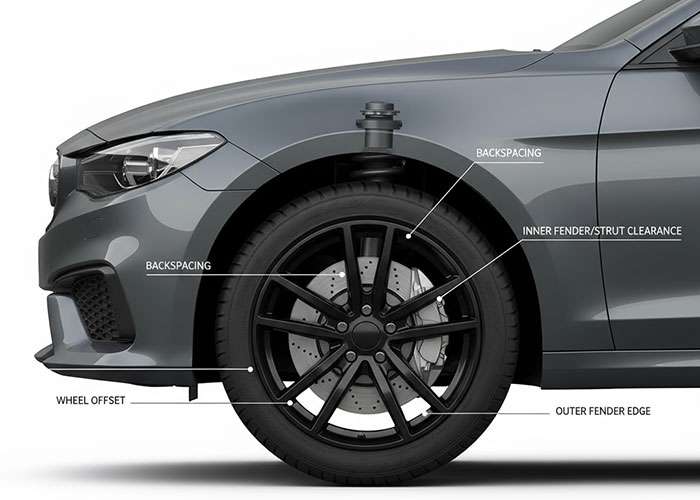Most Common Wheel & Tire Package Sizes (Quick Guide)

Short answer: Most passenger cars run 16–19 inch wheels with 195–245 section widths; crossovers/SUVs commonly use 17–20 inch wheels with 225–275 widths; and light trucks land between 17–22 inch wheels with LT-rated or flotation sizes (31"–35" typical). Always match load index, speed rating, and vehicle clearances.
Understanding Tire Size Classifications
Tire sizes come in three main formats you’ll see on sidewalls:
- P-Metric / Euro-Metric (e.g., 225/45R18): Passenger-vehicle sizing based on millimeters. The first number is width, the second is aspect ratio (% of width), and the last is rim diameter in inches.
- LT-Metric (e.g., LT285/70R17): Light-truck construction with higher load capacity; often paired with Load Range C, D, or E.
- Flotation (e.g., 33x12.50R17): Diameter (in), section width (in), and rim diameter (in) for off-road/truck applications.
For a refresher on ratings that affect safety and warranty, see Tire Load & Speed Ratings.
Most Common Passenger Vehicle Tire & Wheel Sizes
Every model is different, but across sedans, hatchbacks, and compact SUVs, these patterns are typical:
- Wheel diameters: 16"–19" (with 17"–18" most common)
- Common tire sizes: 195/65R15, 205/55R16, 215/55R17, 225/45R17, 225/40R18, 235/45R18, 245/40R19
- Fitment notes: Plus-sizing usually goes +1 or +2 in diameter while keeping overall diameter within ~3% of stock for speedometer and ABS harmony. Use our Plus/Minus Sizing Calculator.
Most Common SUV & Crossover Tire & Wheel Sizes
- Wheel diameters: 17"–20"
- Common tire sizes: 225/65R17, 235/60R18, 245/60R18, 255/55R19, 255/55R20, 265/50R20
- Fitment notes: AWD systems can be sensitive to diameter variance; keep all four tires matched and maintain OE overall diameter. Compare options with our Tire Size Comparison Calculator.
Most Common Light-Truck Tire & Wheel Sizes
- Wheel diameters: 17"–22"
- Common LT-metric sizes: LT265/70R17, LT275/65R18, LT275/60R20, LT285/70R17
- Common flotation sizes: 31x10.50R15, 33x12.50R17, 35x12.50R20
- Fitment notes: Match Load Range to the vehicle’s GAWR and usage (towing/hauling). Off-road diameter increases may require lift/leveling, correct offset/backspacing, and possible trimming.

How to Choose the Right Tire & Wheel Package
- Confirm bolt pattern & hub bore: Use our Bolt Pattern Guide. Hub-centric rings may be required.
- Set target overall diameter: Keep within ~3% of stock. Validate with the Wheel & Tire Size Calculator.
- Check width, offset & backspacing: Ensure inner and outer clearance for struts, liners, and fenders. See Wheel Offset Explained.
- Match load index & speed rating: Meet or exceed OE specs for safety and insurance/warranty compliance.
- Account for TPMS & hardware: Plan TPMS transfer/relearn, proper lug style, and torque specs.
- Consider use case: Daily ride comfort vs. performance vs. off-road traction. Browse Wheel & Tire Packages.
- Financing options: Flexible payments available — check Financing.
Quick Reference Guide
| Vehicle Segment |
Common Wheel Diameters |
Typical Tire Sizes (examples) |
Notes |
| Compact / Mid-Size Car |
16"–19" |
205/55R16, 215/55R17, 225/45R17, 235/45R18 |
Balance ride & handling; mind overall diameter when plus-sizing. |
| Crossover / SUV |
17"–20" |
225/65R17, 235/60R18, 255/55R20, 265/50R20 |
Match load index; AWD systems prefer identical rolling diameters. |
| Light Truck (LT) |
17"–22" |
LT265/70R17, LT275/65R18, 33x12.50R17, 35x12.50R20 |
Load Range C/D/E as needed; lift/leveling may be required for larger diameters. |
Key Takeaways
- Stay within ~3% of OE overall diameter for speedometer, ABS, and stability-control harmony.
- Never down-rate load index versus OE; match speed rating for safety and warranty alignment.
- Offset & backspacing determine inner/outer clearance — measure before you buy.
- Plan the install: TPMS transfer/relearn, correct lugs, and torque spec (re-torque after 50–100 miles).
FAQs
How much can I plus-size my wheels without issues?
Usually +1 or +2 inches in wheel diameter works when you keep overall tire diameter within about 3% of stock. Confirm clearance, offset/backspacing, and speedometer impact with our calculators: Plus/Minus and Wheel & Tire Size.
Do I need LT tires on my half-ton truck?
If you tow or haul regularly, LT (Load Range C/D/E) provides higher load capacity and tougher construction. Match or exceed the vehicle’s GAWR and the OE load index. For daily light use, P-Metric may ride softer but verify capacity first.
Will larger wheels hurt ride quality or range?
Going to a larger wheel often means a lower-profile tire, which can feel firmer and add weight. Expect some change in comfort and, on EVs, possible range impact. Keep overall diameter close to OE and consider lighter wheel options.
What else should I budget for when changing wheels?
Plan for TPMS service or new sensors, hub-centric rings (if needed), correct lug nuts/bolts, alignment after major size changes, and a re-torque at 50–100 miles. Financing is available at Performance Plus Tire.

